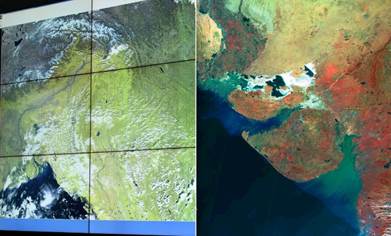Free Courses Sale ends Soon, Get It Now


Free Courses Sale ends Soon, Get It Now



Disclaimer: Copyright infringement not intended.
Context
Oceansat
Satellites
Oceansat-1
Oceansat-2
Note: Scatterometers are unique among satellite remote sensors in their ability to determine the wind direction over water.
.jpg)
Oceansat-3
© 2024 iasgyan. All right reserved